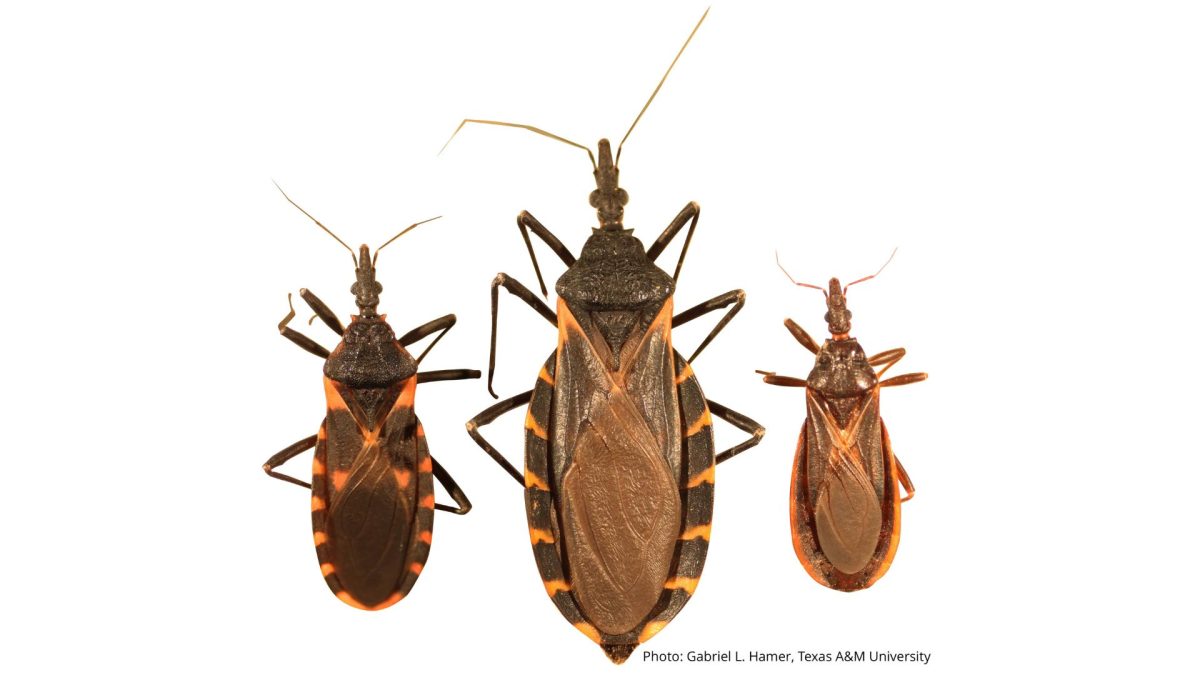For many students, college can be the beginning of a new environment, new friendships, enticing courses and new professors. It can also be a time of sexual exploration.
According to research, those who choose to be sexually active, whether they are in a monogamous relationship or not, are at high risk of contracting sexually transmitted diseases, and millions of Americans are being infected by a STD known as Human Papillomavirus or HPV.
The prevalence of the virus in women under the age of 25 is between 28 and 46 percent, according to the Centers for Disease Control and Prevention. Two-thirds of STD cases occur in people ages 15-24, and about a 15 percent of Americans ages 15 to 49 are currently infected.
According to the Kaiser Family Foundation and American Social Health Association, HPV is the most common STD in the United States. There are more than 100 different strains or types of the virus, and about 30 types are being sexually transmitted. According to ASHA, about 5.5 million Americans get a new genital HPV infection each year. Approximately 20 million people are currently infected with HPV. In Louisiana alone, KFF and ASHA estimated that there will be 100,000 new cases.
Some students may not be aware that they are carrying the virus because it can take months or years for its symptoms to become visible. In Colorado State University’s student newspaper, The Rocky Mountain Collegian, university officials said about 70 percent of students have been infected with HPV.
According to the American Cancer Society, it can be passed from person to person with any skin-to-skin contact with any HPV infected areas of the body. This diseaase can be spread through vaginal, oral or anal sex with an infected partner.
“Most genital warts are caused by HPV,” said Dr. Kevin Stephens, an adjunct doctor at the Dillard University Student Health Center. “All it takes is one time to get exposed.”
Genital warts are the most common signs of genital HPV infection. They usually appear as soft, moist, or flesh-colored swellings in the genital area within weeks or months after infection.
“Some can see and feel genital warts,” Dr. Stephens said.
They can be raised or flat, single, or multiple, small or large, and sometimes appear as cauliflower shaped.
The National Institute of Allergy and Infectious Diseases reported that genital warts in women occur on the outside and inside of the vagina, on the opening to the uterus (cervix) or around the anus.
Genital warts are less common in men. “Men are asymptomatic,” Dr. Stephens said. They show no signs or symptoms of the virus. If present, they appear on the tip or shaft of the penis, on the scrotum, or around the anus.
Only in rare cases do genital warts develop in the mouth or throat if someone has had oral sex with an infected partner.
A Pap smear diagnoses HPV, which reveal infection or changes in the cells of the cervix after screening.
“There are two types of HPV,” Dr. Stephens said. “There are high-risk and low-risk types.”
High-risk types may cause abnormal cervical cells in a Pap Smear test. If the warts are not treated or controlled, the disease could lead to cancer of the cervix, penis, vagina, vulva or anus. Low-risk types cause mild Pap test abnormalities or genital warts.
“You can freeze the cervix, which is cryocautery. This treatment can lead to miscarriages,” Dr. Stephens said. “You can also use electrocautery, which is using the burning method.”
HPV can lead to cervical cancer. KFF and ASHA reported that HPV is responsible for 99.7 percent of all cervical cancer cases.
“If HPV turns into cervical cancer, a woman may require a hysterectomy, which is the surgical removal of the uterus,” Dr. Stephens said.
Currently, there is no cure for HPV. KFF and ASHA estimated that 5,000 American women will die this year of cervical cancer.
According to Dr. Stephens, health care providers agree that abstinence is the best way to avoid infection.
“It’s our recommended opinion and suggestion that you practice abstinence until you have a serious monogamous relationship,” Dr. Stephens said. “We suggest abstinence to females, more specifically because that’s the best way to prevent getting exposed to HPV.”






























